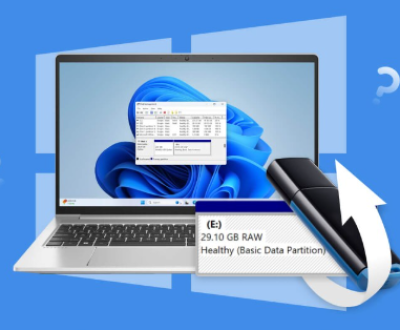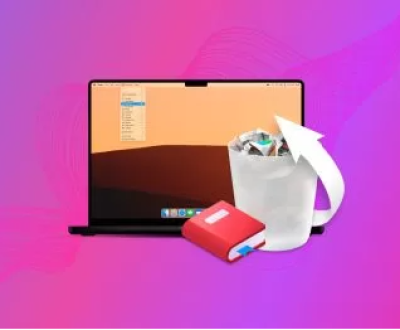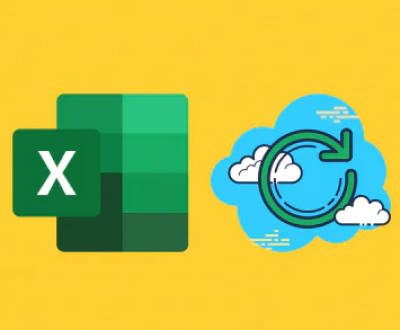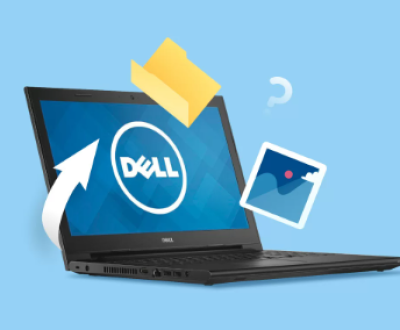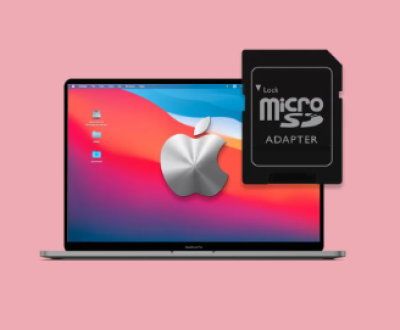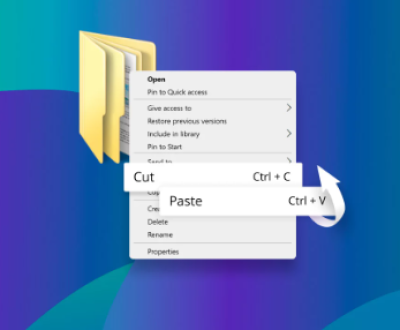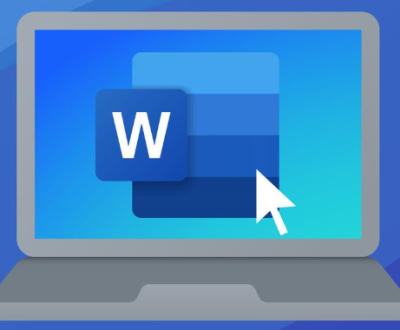When installing Windows on a computer, one of the critical steps in the process is partitioning the hard drive. However, it is not uncommon for users to encounter issues during installation where the disk partition does not show up. This issue can be caused by a variety of factors, such as BIOS or UEFI settings, disk configurations, or the integrity of the storage device itself. Resolving this problem is essential to successfully installing the operating system, as Windows installation relies on correctly partitioned storage to function properly.
1. Disk Partitioning and Its Importance
Before diving into the specific issues related to disk partitions not showing during Windows installation, it’s important to understand the role disk partitioning plays in the setup process. Disk partitioning involves dividing the hard drive into sections, or partitions, each of which can be used for different purposes, such as system files, programs, or data storage.

When you install Windows, it requires a dedicated partition to install the operating system. If there are issues with partitioning, the installation process may fail. Some common partition types used during installation include:
Primary Partition: A primary partition is where the Windows OS is typically installed.
Extended Partition: This is used when there are multiple logical partitions on a single physical drive.
System Reserved Partition: This partition is automatically created by Windows and contains boot files and recovery tools.
Proper partitioning is essential for ensuring the operating system functions optimally. When a disk partition doesn’t appear, it’s usually because the disk isn’t initialized correctly, it has an unsupported file system, or it needs formatting.
2. Causes of Disk Partition Not Showing During Installation
There are several reasons why a disk partition may not show up when installing Windows. Understanding the root cause is crucial for troubleshooting and fixing the issue. Here are the most common causes:
2.1. Incorrect BIOS/UEFI Settings
BIOS (Basic Input/Output System) or UEFI (Unified Extensible Firmware Interface) settings can significantly impact how your system interacts with the hard drive. For example, if the boot mode is not configured correctly, Windows may fail to recognize the disk partition. Below are some potential issues related to BIOS/UEFI settings:
UEFI vs. Legacy Boot Mode: Windows installation supports both UEFI and legacy BIOS boot modes, but the installation process must match the boot mode configured in the BIOS/UEFI. If your system is configured for UEFI but the Windows installation media is set to legacy boot, the disk partitions may not appear.
SATA Configuration: If the SATA configuration is set to “RAID” or “AHCI” in BIOS, this can sometimes cause issues with recognizing partitions, especially if the correct drivers are not loaded.
Secure Boot: Secure Boot is a security feature that ensures only trusted software is loaded during startup. If it is enabled, it could prevent your Windows installation media from booting properly or prevent the disk partitions from showing.
2.2. Uninitialized or Unformatted Disk
If the hard drive is new or the partition table has been corrupted, the disk may not be initialized or formatted. When this happens, Windows installation will not be able to detect a partition, and the disk will appear as “Unallocated” in the installation setup.
Uninitialized disks require partitioning before Windows can be installed. Similarly, if the partition is formatted with a non-supported file system, Windows will not recognize it and the partition will not show.
2.3. MBR and GPT Partition Styles
Windows installation media might fail to detect partitions if the disk uses an incompatible partition style. There are two main partitioning schemes:
MBR (Master Boot Record): An older partition style used by legacy BIOS systems. It can only support up to four primary partitions and a maximum disk size of 2TB.
GPT (GUID Partition Table): A newer partition style used by UEFI systems, supporting larger disks (over 2TB) and more partitions.
If your disk is set to MBR but you are trying to install Windows in UEFI mode, or vice versa, the installation media may not recognize the partitions.
2.4. Disk Corruption
Disk corruption can also cause partitions to become invisible during Windows installation. Corrupted disk files, bad sectors, or damaged drives can make it impossible for the system to read the partition correctly. Disk corruption often occurs after a system crash, improper shutdown, or physical damage to the hard drive.
2.5. Hardware Failures
Sometimes, the issue may not lie with the software configuration but with the hardware itself. Failing hard drives, faulty cables, or malfunctioning ports can prevent the disk partitions from being detected during Windows installation. In these cases, it is important to verify that the hard drive is functioning properly and that all connections are secure.
3. How to Troubleshoot the Issue
Now that we understand the potential causes of the issue, let’s go through the steps you can take to resolve the problem and make the disk partition visible during Windows installation.
3.1. Check BIOS/UEFI Settings
Start by ensuring that your BIOS/UEFI settings are configured correctly. Follow these steps:
Enter BIOS/UEFI: To enter BIOS/UEFI, restart your computer and press the designated key (usually F2. F12. ESC, or DEL) during startup.
Set Boot Mode: If you are installing Windows in UEFI mode, make sure UEFI boot mode is enabled. If you are using legacy BIOS mode, select that option instead.
Check SATA Mode: If your drive is configured in RAID mode, change it to AHCI mode in BIOS to improve compatibility with Windows installation.
Disable Secure Boot: Temporarily disable Secure Boot in BIOS if it is enabled, as it can sometimes block the Windows installation process.
Save and Exit: After making the necessary changes, save and exit BIOS/UEFI and restart the computer.
3.2. Initialize or Format the Disk
If your disk is uninitialized or unformatted, you will need to initialize and format it. Here’s how you can do it:
Boot from Windows Installation Media: Insert the bootable USB or DVD and start the installation process.
Select Disk Management: When the installation window appears, select “Custom: Install Windows only” and proceed to the screen where the disk partitions are listed.
Initialize the Disk: If the disk appears as “Unallocated,” click on the disk, select “New,” and follow the prompts to create a new partition. If the disk is larger than 2TB, ensure you use GPT partition style.
Format the Partition: Once the partition is created, select it and click “Format” to prepare it for Windows installation.
3.3. Fix MBR or GPT Issues
If you suspect an issue with the partitioning scheme (MBR or GPT), you can use the following steps to fix it:
Open Command Prompt: Boot from the Windows installation media, and press Shift + F10 to open the Command Prompt.
Check Disk Partitions: Use the diskpart command to check your disk partitions. Type the following commands:
bash
diskpart list disk select disk 0 (replace with the appropriate disk number) list partition
Convert MBR to GPT or GPT to MBR: If you want to convert an MBR disk to GPT (or vice versa), use the following command:
bash
convert gpt (or convert mbr)
Exit Diskpart: Type exit to close the disk partitioning tool.
3.4. Check for Disk Errors
Use disk error checking tools to verify that the disk does not have any corruption or errors:
Run CHKDSK: Boot from the Windows installation media, open Command Prompt, and run the following command to check and fix errors on the disk:
bash
chkdsk /f /r
Replace the Disk: If the disk is physically damaged, it may need to be replaced.
3.5. Check Hardware Connections
If the disk is still not visible, verify that all hardware connections are functioning properly:
Check Cables: Ensure that all SATA cables and power cables are securely connected to the hard drive.
Test with Another Port: Try connecting the hard drive to a different SATA port on the motherboard.
Test with Another Computer: If possible, test the hard drive in another computer to see if it is recognized.
About us and this blog
Panda Assistant is built on the latest data recovery algorithms, ensuring that no file is too damaged, too lost, or too corrupted to be recovered.
Request a free quote
We believe that data recovery shouldn’t be a daunting task. That’s why we’ve designed Panda Assistant to be as easy to use as it is powerful. With a few clicks, you can initiate a scan, preview recoverable files, and restore your data all within a matter of minutes.
Subscribe to our newsletter!
More from our blog
See all postsRecent Posts
- Retrieve files from usb 2025-07-04
- How to retrieve overwritten excel file 2025-07-04
- How to retrieve lost files on sd card 2025-07-04

 Try lt Free
Try lt Free Recovery success rate of up to
Recovery success rate of up to

